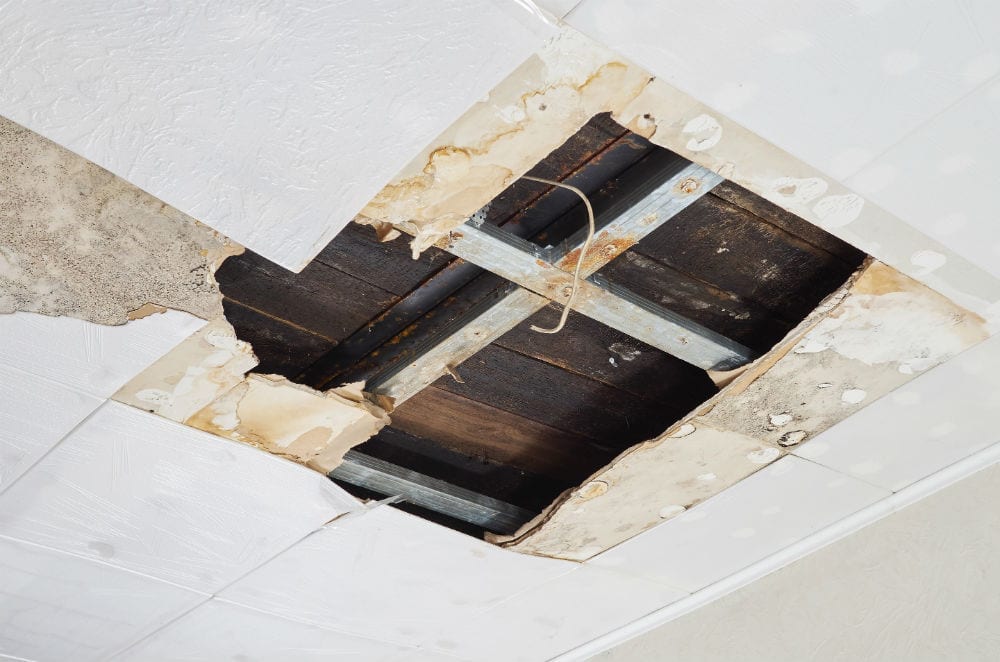Do's & Don'ts of Water Restoration.
Do's & Don'ts of Water Restoration.
Blog Article
The article author is making a number of good pointers on the subject of How To Prevent Fire And Water From Ruining Your Holiday Season overall in the content in the next paragraphs.

Water offers life, water intrusion on parts where it's not supposed to be can result in damage. If the water soaks into your structure, it can peel off away surface areas and erode the foundation. Mold and mold additionally thrive in a wet atmosphere, which can be hazardous for your health and wellness. Houses with water damage smell mildewy and also old.
Water can come from many resources such as typhoons, floodings, burst pipelines, leaks, and also sewer concerns. In case you experience water damage, it would certainly be good to recognize some safety preventative measures. Here are a few standards on how to manage water damage.
Do Prioritize Residence Insurance Insurance Coverage
Water damage from flooding as a result of heavy winds is seasonal. You can likewise experience an abrupt flooding when a malfunctioning pipeline suddenly breaks into your house. It would be best to have house insurance that covers both acts of God such as all-natural disasters, as well as emergency situations like broken plumbing.
Do Not Neglect to Turn Off Utilities
In case of a catastrophe, specifically if you live in a flood-prone area, it would be suggested to turn off the major electrical circuit. This removes power to your whole home, preventing electrical shocks when water can be found in as it is a conductor. Furthermore, do not forget to shut off the primary water line shutoff. When floodwaters are high, furniture will certainly walk around as well as trigger damages. Having the major valve turned off prevents more damage.
Do Keep Proactive and also Heed Climate Informs
Listen to emptying cautions if you live near a lake, river, or creek . Doing so reduces potential residential or commercial property damages.
Don't Neglect the Roof
You can stay clear of rain damages if there are no holes and also leaks in your roof covering. This will certainly stop water from moving down your walls and saturating your ceiling.
Do Take Note Of Tiny Leaks
A ruptured pipeline doesn't take place over night. You may see bubbling paint, peeling off wallpaper, water touches, water stains, or leaking audios behind the walls. Have your plumbing repaired prior to it results in massive damage.
Don't Panic in Case of a Ruptured Pipeline
Maintaining your clearheadedness is essential in a time of crisis. Since it will stifle you from acting quick, stressing will only compound the trouble. Timing is vital when it comes to water damage. The longer you wait, the even more damage you can anticipate. Thus, if a pipe bursts in your house, instantly shut down your primary water shutoff to remove the source. Disconnect all electric outlets in the location or transform off the circuit breaker for that component of the house. Finally, call a trustworthy water damages reconstruction professional for aid.
Water offers life, water intrusion on components where it's not supposed to be can result in damage. Houses with water damage smell old as well as moldy.
Water damage from flood charges to heavy winds is seasonal. You may observe gurgling paint, peeling off wallpaper, water streaks, water spots, or trickling noises behind the wall surfaces. When it comes to water damages, timing is key.
Water Damage Do's and Don'ts
Do's
Always use rubber gloves to protect your hands & rubber boots to protect your feet and legs. Damage from water and bacteria growth can begin within hours. Call for professional help. Remove as much water as possible by mopping and blotting with sponges. Pull up wet rugs and carpets if hardwood floors are below. Lift draperies off the floor, loop through a coat hanger and place the hanger on the drapery rod. Wipe furniture, prop up wet furniture cushions for even drying and place aluminum foil under furniture legs. Move photos, paintings, art objects, computers, other electronics and valuables to a safe, dry location. Do not remove books from shelves. Pack them tightly to prevent page warping until a restoration professional can begin this specialized drying. Ventilate wet areas. Turn on air conditioning for faster drying in summer (only if there is no visible mold) and winter, alternate cycles of opened windows and heating. Also, open drawers, closets and cabinet doors to enhance drying. Don'ts
Do not enter rooms where there is wet and sagging ceiling! Do not enter a room with standing water until electricity has been turned off. Do not use a regular household vacuum to remove water. Use heat to dry closed building interiors. Mildew and more moisture damage can occur. Do not use electrical appliances while on wet carpet or flooring. Do not disturb visible mold. https://www.myknowledgebroker.com/blog/personal-insurance/water-damage-dos-and-donts/

Hopefully you enjoyed reading our part about Reducing Your Risk Of Water And Fire Damage At Home. Thanks a lot for finding the time to read our piece of content. Are you aware of anybody else who is inquisitive about the subject? Feel free to promote it. I praise you for your time. Visit again soon.
Report this page